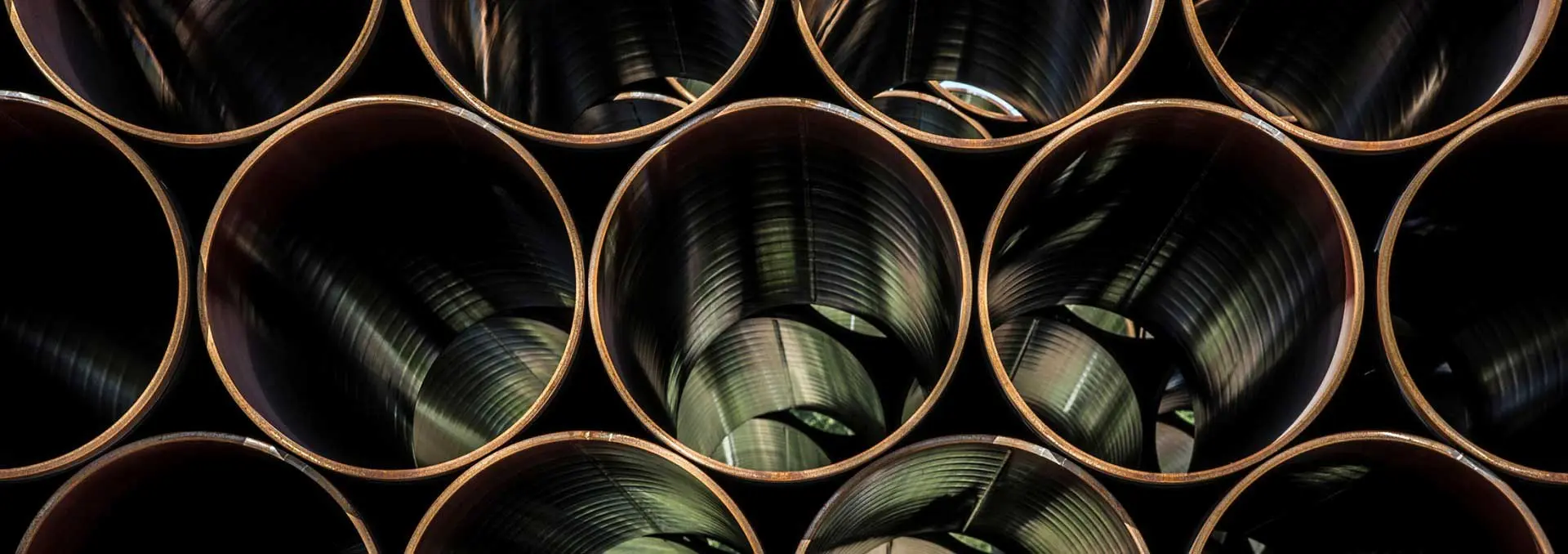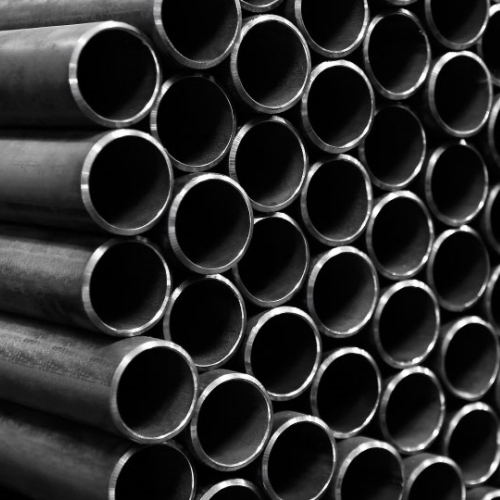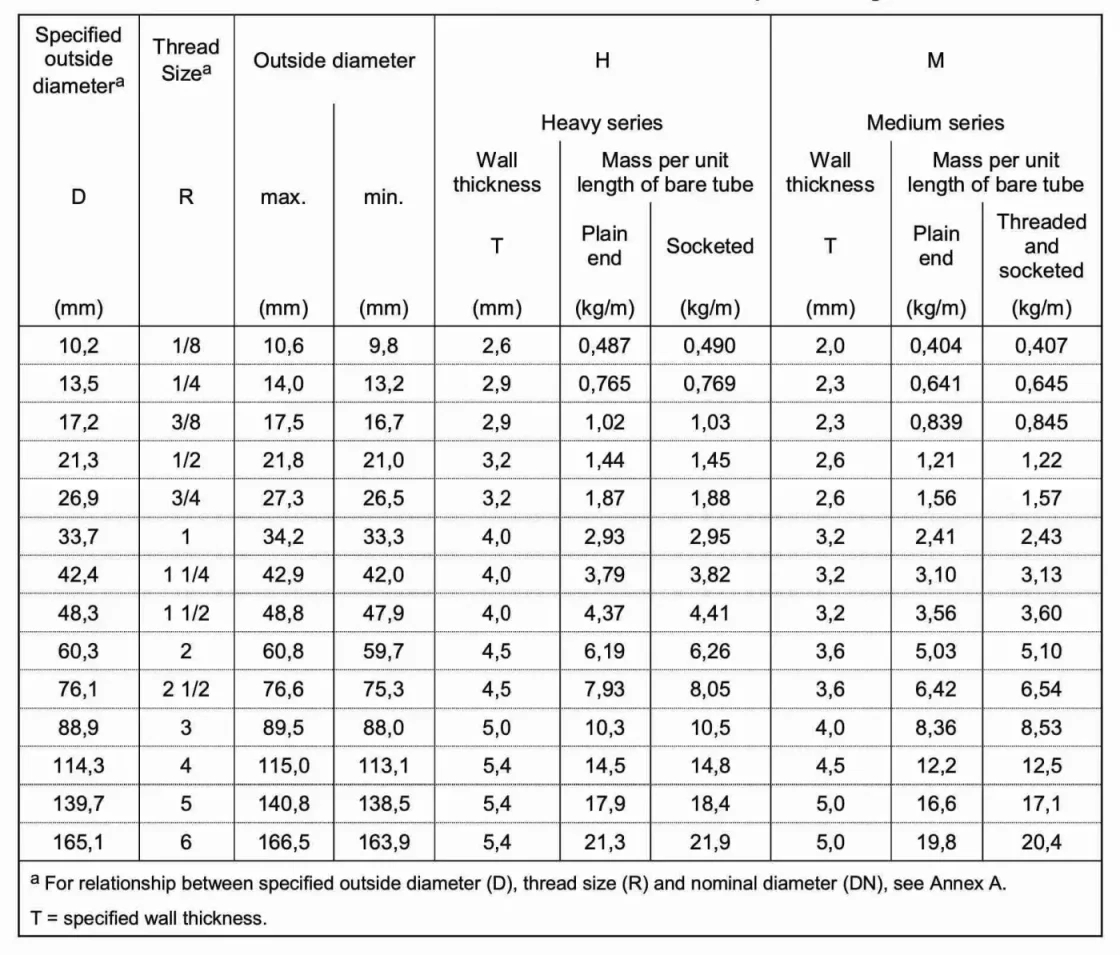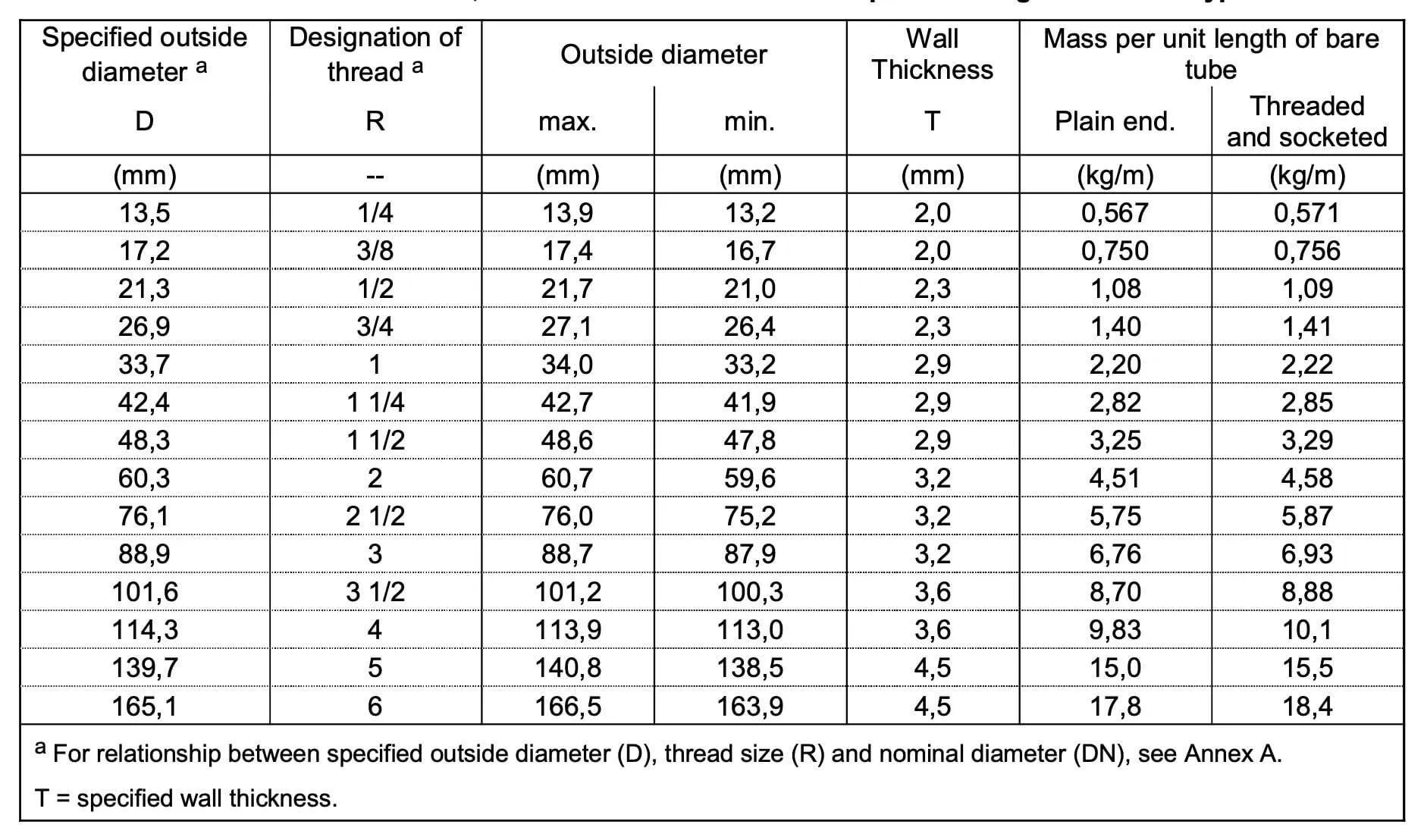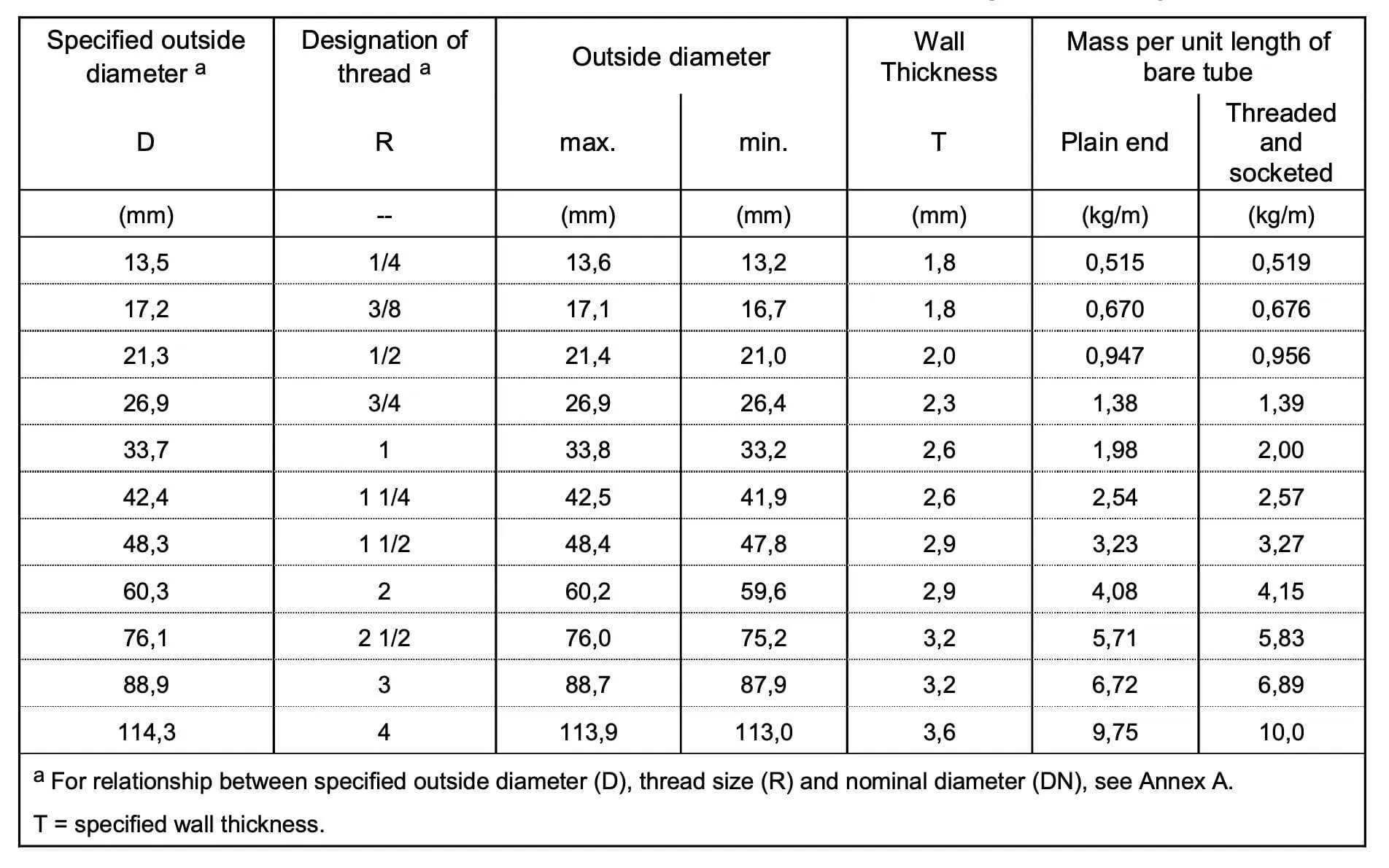-
Tubería de acero al carbono
Tubería de acero LSAW
Tubería de acero SSAW
Tubería de acero ERW
-
Tubo de acero sin costura
Tubería de línea
Tubo con aletas
Tubo de acero sin costura
-
Tuberías de campo petrolero
Tubos y carcasas
Tubo ranurado
Tubo de perforación y collar de perforación
Articulación del cachorro
Acoplamiento
-
Tubería de acero aleado
Tubo de pantalla de acero inoxidable
Tubo de acero sin costura de aleación
Tubería de acero soldada de aleación
Tubería de aleación de níquel
Tubo de aleación Monel
Tubería de aleación Inconel
Tubo de titanio
-
Tubería de acero recubierta
Tubería de acero galvanizado
Tubería recubierta FBE
Tubería recubierta de epoxi
Tubería recubierta 3LPE
Tubería recubierta de concreto
-
Tubería de acero inoxidable
Tubo sin costura de acero inoxidable
Tubería soldada de acero inoxidable
Sección hueca inoxidable
-
Tuberías
Bridas
Codo / Reductor / T / Cap / Bend
Válvulas
-
Productos de Valor Agregado
Tubo de pasador
Tubería de pilotaje
-
Placa de acero
placa de acero al carbono
placa de acero inoxidable
-
Tubo de sección hueca
Sección hueca
Tubo de acero rectangular
-
Acero estructural
Viga H/U/I
Pilote de chapa de acero
Tubo de acero cuadrado
-
Fabricación de estructuras de acero

 English
English Español
Español




 Tel : +86-0731-85648266
Tel : +86-0731-85648266 Correo electrónico :
Correo electrónico : 